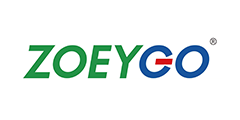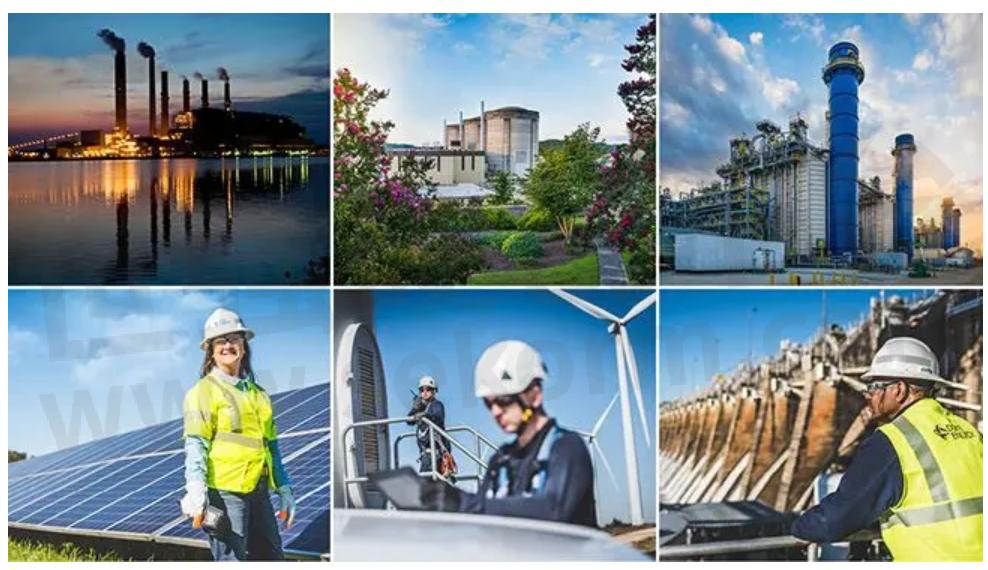Bidirectional DC-DC Converter: A Versatile Solution for Efficient Power Conversion

In recent years, the demand for efficient power conversion systems has been increasing exponentially. With the ever-increasing use of renewable energy sources and the growing popularity of electric vehicles, the need for Bidirectional DC-DC Converters has become more critical than ever. This article aims to explore the significance of bidirectional DC-DC converters and their role in efficient power conversion.
What is a Bidirectional DC-DC Converter?
A bidirectional DC-DC converter is a power electronic device that allows the transfer of power between two DC sources in both directions. Unlike traditional unidirectional DC-DC converters, a bidirectional converter can convert power from a high-voltage source to a low-voltage source and vice versa. This capability makes it an invaluable tool for various applications, including renewable energy systems, electric vehicles, energy storage, and more.
Applications of Bidirectional DC-DC Converters
1. Renewable Energy Systems: Bidirectional DC-DC converters play a crucial role in renewable energy systems, such as solar and wind power. These converters enable efficient power transfer between the energy storage system (e.g., batteries) and the power grid. During periods of excess power generation, the bidirectional converter transfers the surplus energy from the renewable source to the grid, thus ensuring optimal utilization. Conversely, during periods of low power generation, the converter allows power to flow from the grid to the energy storage system, ensuring an uninterrupted power supply.
2. Electric Vehicles: Bidirectional DC-DC converters are essential in electric vehicle (EV) charging systems. These converters enable bidirectional power transfer between the EV battery and the power grid. During charging, the converter facilitates power flow from the grid to the vehicle’s battery, ensuring efficient and fast charging. Additionally, bidirectional converters allow vehicle-to-grid (V2G) power transfer, where the EV battery can feed power back to the grid during peak demand periods, thereby contributing to grid stability and reducing the strain on power generation facilities.
3. Energy Storage Systems: Bidirectional DC-DC converters are extensively utilized in energy storage systems, such as batteries and supercapacitors. These converters enable efficient power flow between the energy storage system and the load. During charging, the converter transfers power from the grid or renewable sources to the energy storage system. Conversely, during discharging, the converter allows power to be delivered from the storage system to the load. The bidirectional nature of these converters ensures optimal utilization of the stored energy and enhances the overall efficiency of the energy storage system.
Advantages of Bidirectional DC-DC Converters
1. Increased Efficiency: Bidirectional converters enable efficient power conversion between different voltage levels, reducing power losses during the conversion process. This increased efficiency translates into reduced energy consumption, lower electricity bills, and a smaller carbon footprint.
2. Enhanced Grid Stability: Bidirectional DC-DC converters contribute to grid stability by facilitating power flow in both directions. This capability allows for the effective integration of renewable energy sources, mitigating issues related to power fluctuations and intermittency.
3. Flexibility and Versatility: Bidirectional converters offer flexibility and versatility in various applications. They can handle a wide range of voltage levels and power ratings, making them suitable for diverse power conversion requirements. Their ability to transfer power bidirectionally also adds to their versatility.

Conclusion
Bidirectional DC-DC converters have emerged as versatile solutions for efficient power conversion in various applications. Their ability to transfer power bidirectionally between different voltage levels contributes to enhanced energy efficiency, grid stability, and optimal utilization of renewable energy sources. As the demand for renewable energy systems and electric vehicles continues to grow, bidirectional DC-DC converters will play a crucial role in shaping the future of efficient power conversion systems.
- +1 Like
- Add to Favorites
Recommend
This document is provided by Sekorm Platform for VIP exclusive service. The copyright is owned by Sekorm. Without authorization, any medias, websites or individual are not allowed to reprint. When authorizing the reprint, the link of www.sekorm.com must be indicated.

































































































































































































































































































































































































































































































































































































































































































































































































































































































































